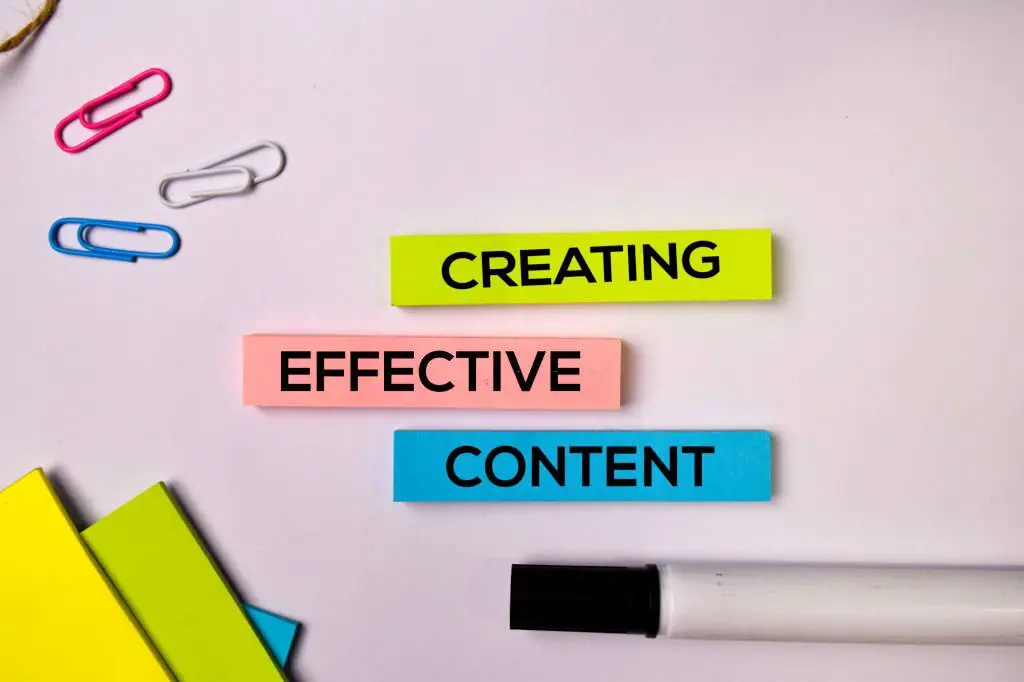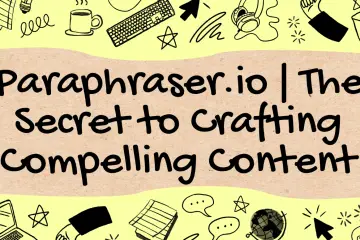This is a guide with important information so that you can learn How to start writing an article and publish your article or work in magazines or web page blogs. Here you will find simple steps and examples to enable you to publish your article in our Magazine vs. Web.
Basic Guide to Writing Articles
When we do research, our goal is to publish the results. All professionals in the field of writing articles are recognized for their professional curriculum, and their publications, among other important works. An investigation, even if it has interesting results, does not end until those results are published. Thus the professional has to not only “do” health but also “write” health. Misrepresentation can cause a work to be unpublished or delayed, no matter how good the work or research is.
Nowadays writing Great content can help you to rank on Google without Links.
The requirements of each magazine or medium can vary greatly from one to another and also depends on the professional articles, so it is very difficult for us to give you some recommendations which are useful for all publications, whether magazine or medium. Therefore, this guide will serve as an introduction, but you should always review the publishing rules of each medium and adapt your work accordingly.
1. Choose a theme.
Before you start, think about what you want to say to the reader or selected audience. Regardless of your professional category, you will always find interesting topics to be able to write your article on. Try to talk about topics related to your day-to-day, with your work, with your patients or clients, with issues or curiosities from which you have come throughout your professional career, define a function that You perform, any protocol or speed, any specification. Preparation, any care you take …
Choose topics related to your blog, website, or magazine because the readers who come to them do so for the topic they are looking for and if it is completely different, they may re-read it for you. Or don’t be interested in sharing with other readers.
2. Research the selected topic and analyze the information you want to use.
Always update your information. It may be that what you want to explain is the care of a patient, but you have to keep in mind that what you were doing or are doing is still appropriate or the protocol of action Has changed. Be careful not to keep up-to-date information as you may receive comments against it. If this is the case you want to explain something related to your everyday life, you should state that it is in your workplace and should not make it common to other professionals. If you want to write about the Universal Protocol, look for the latest information. Enter the bibliography or mention the place where you found it (magazine, web, blog, book, 1). 03. List of ideas
Ask yourself questions that you would like to answer in your article. The answers will help you write your article. Make a sketch before you start writing it, describe the parts you are going to write about.
Of course, you have many topics in mind so you can write your own article, but you never put yourself in it. Will it take you some time to make the first list? This is fine if you have a lot of problems. Arrange them according to priorities and create schemes or tables to help you. Do it in a way that visually helps you get started.
4. Think of a topic that is attractive so that you may need to read the content of the article later.
A charming and attractive title will attract the interest of the people. Do you remember the signs of the neon that you can’t stop seeing? Well, we can compare that to one of these bright ads. A good title will attract a large number of readers who are interested in the subject matter of the article and will therefore skip over the rest of the work in more detail. You just have to be more discriminating with the help you render toward other people. They need to be clear and concise. Use keywords, in a questionable manner, to name a specific audience to get their attention if that’s what you want. Talk about the success or failure of the information or advice you want to give. Its extension should contain as few words as possible that describe the contents of the work.
5. Write an introduction. (“What begins badly ends badly”, Euripides).
It should be attractive enough to catch the reader and encourage them to continue reading. The introduction should answer the question of why this article was written.
After the title, the introduction is the most important part of your article. When the reader begins to read, if the introductory material is not interesting or interesting, he will not continue reading the article. You can avoid this if your introduction is also interesting and attracts the attention of readers. Move forward with whatever you find between the lines of your article, but do not push the result or conclusion because you may make it a point that you will not continue reading. You need JavaScript enabled to view it to get to the end of your article. Talk to him about what he can do or should do. Health issues etc. Create expectations and curiosity so that he knows that he is going to learn by reading your article.
6. Development of paragraph or topic.
Think about how the article will be structured. Each paragraph should focus on the main idea of your article.
You should answer these questions about how I explain to readers what research, experience, understanding, and work I have done …). Then we’ll figure out what we’ve researched. It can be a spreading article so that others can understand what I have learned, be it a detailed chronicle of my research, my work, treatment, professionalism, or a historical perspective on a particular topic. They must be supported by scientific evidence.
7. Choose the images that describe the content you want to publish.
Always include visual content in your article. This is very important for good effect. This will get your article followers on the networks as visual elements prevail over written information. You may have heard the saying, “A picture is worth a thousand words.” Well, the sentence says it all. Insert images that you think are convenient in places where you decide they should be and always be in accordance with the information given in the article. Do not exceed the number of images as they can create news or articles without reading. An image is easy to understand or merge and will make the content of your article more interesting, but don’t go too far as it will cause a lot of visual distraction. We suggest a picture every 300-400 words.
Conclusion
Leave your mind free and don’t think too much about what you want to do or want to write, just type, type, search, write, edit, perfect and publish.
Don’t forget that the reader is always smarter than you think. Write with sincerity and above all with humanity. The reward will be the recognition of your work. But write down what you know. The reader immediately realizes that you know what you are writing about because it is usually the subject of his interest and he has already been informed. The reader is always grateful for the information that will be useful to him.








